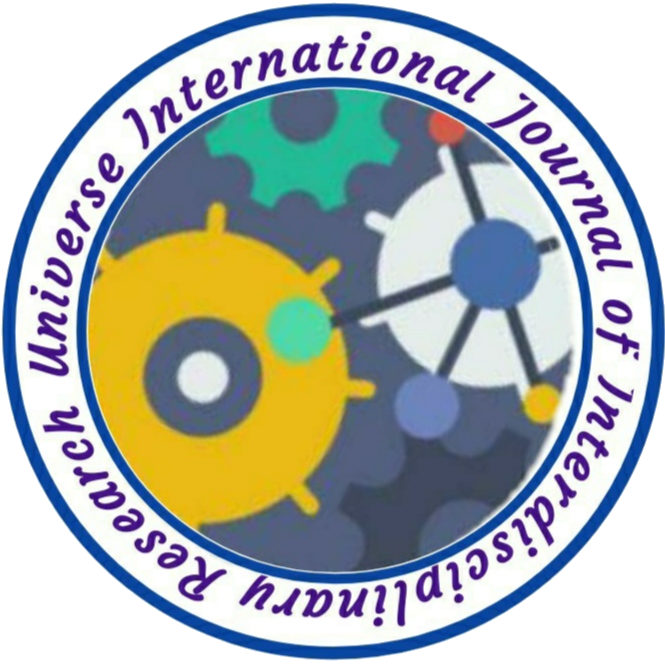EMERGING STRATEGIES FOR SKILL DEVELOPMENT AND STANDARDIZATION OF ISO3834 STANDARD BY WELD QUALITY MANAGEMENT (WQM) APPROACH
Author Name: Mr. Chandran Subramani
Volume/Issue: 03/09
Country: India
DOI NO.: 08.2020-25662434 DOI Link: https://www.doi-ds.org/doilink/02.2023-88146716/UIJIR
Affiliation:
Indian Maritime University, Chennai, Tamil Nādu, India.
ABSTRACT
Generally, welding professional’s to follow various methods of welding processes and quality standards with work procedures in all manufacturing sectors. It needs standardization, study methods, and process procedures reachable to all. It is required to meet global standards and make technological prosperity achievable. It is found that ISO3834 satisfies all standard requirements and we need to follow it. Continuous Training the welding professionals to follow the standards as per ISO3834 in Weld Quality Management (WQM) system framed to confirm the international quality. More focus on problem-solving techniques, Inspection & testing methods, time management, actively participating and involvement in corrective action, and teamwork attitude with interpersonal skills to improve professional core skills, analytic and corrective, high-order thinking, and also abilities to understand international accomplishments. Welding manufacturing sector’s, to take the responsibility of increasing with quality standards to implementing welding procedure as per ISO standard requirements. Self-assessment from individual initiative steps and identifying & utilizing opportunities for public-private partnerships where these will add value to meet the skill development. In this research paper, it is proposed many strategies for skills with standardization welding procedure. Once international quality requirements & qualified employee efficiency gets fulfilled, India has the potential to become the global manufacturing hub with emerging technologies.
Key words: skill development, welding standards, world-class manufacturing, ISO3834 Standards, Weld quality management. WPS procedure, safety, continual improvement

No comment